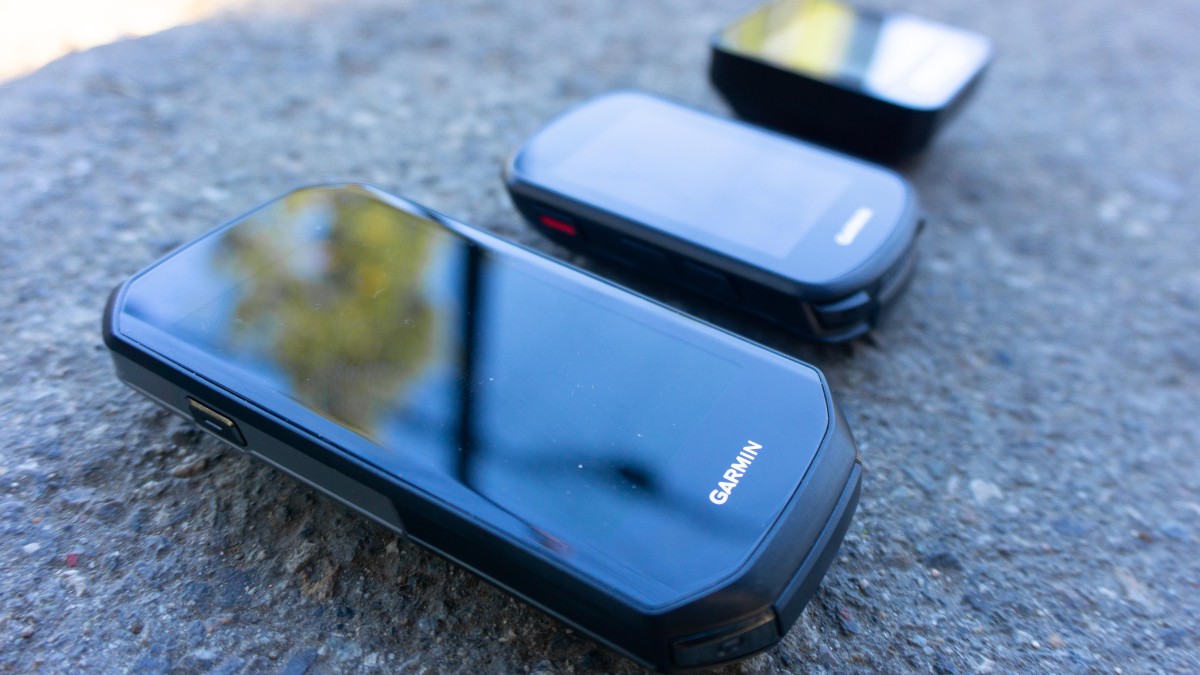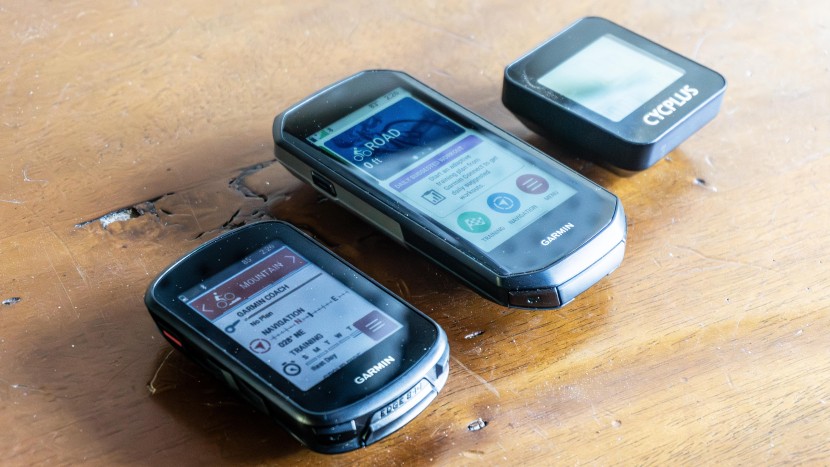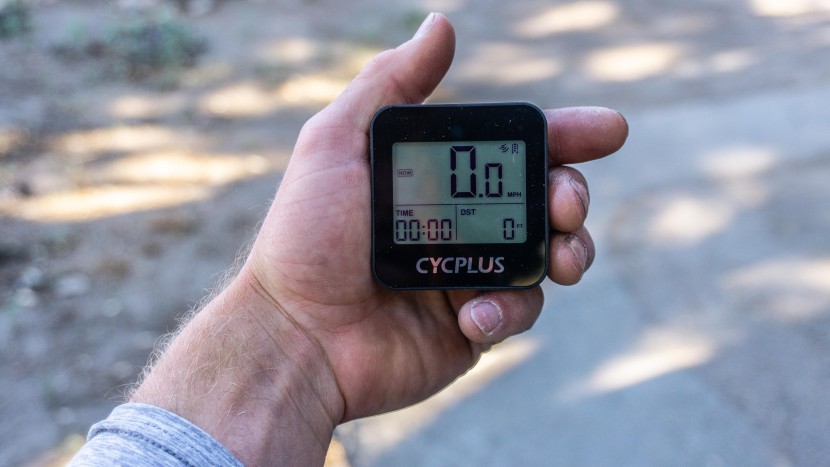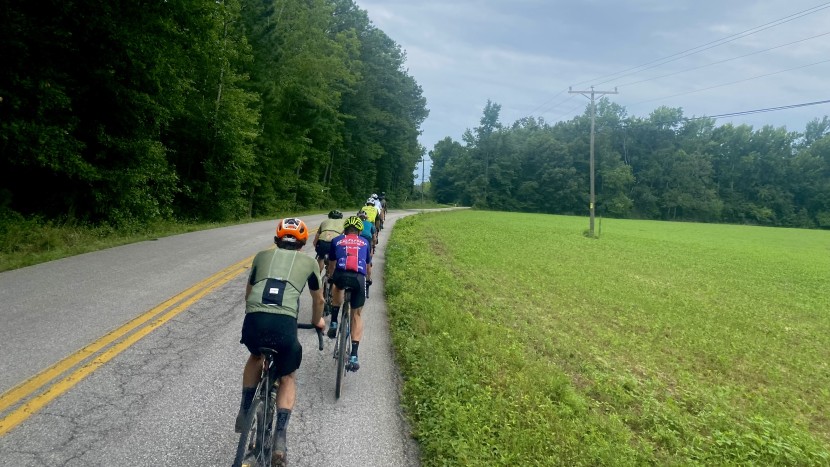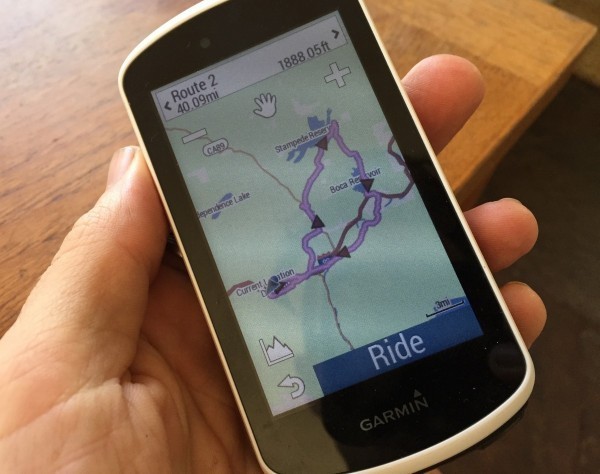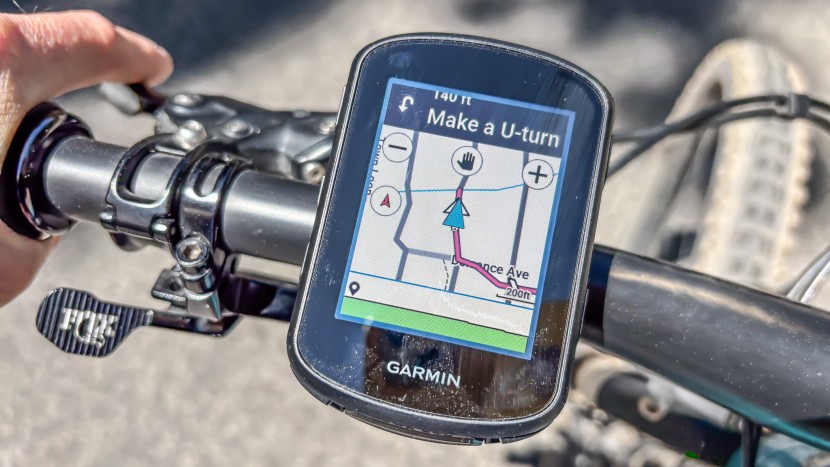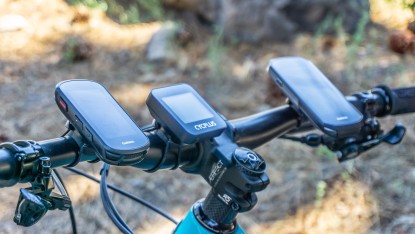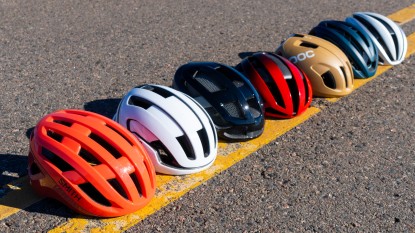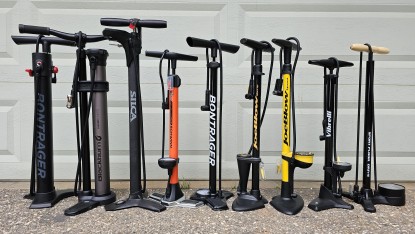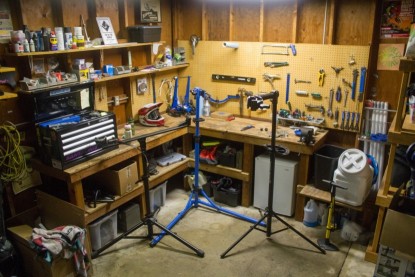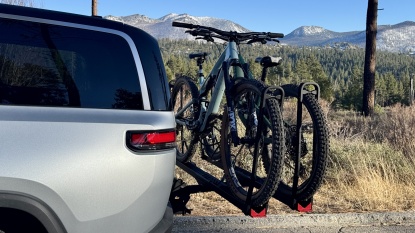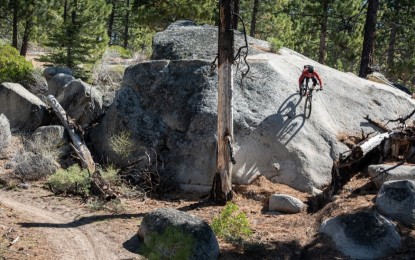Bike computers come in a wide range of prices and features, but it can be simple to narrow down the one that fits your needs and budget. Consider what functions you want, ease of use, compatibility with your bike and sensors, and battery life to help guide your choice.
Why Get a Cycling Computer?
The primary purpose of a cycling computer is to record ride data. While some riders track speed and distance for motivation or curiosity, others rely on these stats to create targeted training plans and improve performance gains. Many also appreciate advanced mapping and navigation, which has improved significantly, as well as GPS tracking and smartphone integration for sharing rides on platforms like Strava or Komoot. With features like crash detection becoming more common, cycling computers can even alert emergency contacts in the event of an accident. Ultimately, the benefits of using a cycling computer are as diverse as the riders themselves.
Types of Bike Computers
When looking for a way to track your biking stats, you have three main options: basic-level bike computers with bare-bones features and no data transfer, more advanced models that offer features like GPS tracking and ANT+ or Bluetooth connectivity, or, with the right app, you can use your smartphone. We'll go into more detail below.
Basic: No Data Transfer and Minimal Features
At the entry level, basic cycling computers track a short list of essentials: distance, speed, and time. Some in this category also include elevation, max speed, and current speed. These devices commonly rely on a wired sensor attached to the front fork and a magnet on the wheel spoke to count rotations. Once you input the wheel circumference, the computer calculates speed and distance based on how often the magnet passes the sensor. There are also models in this category that utilize GPS to gather essential data. Whether using a wired sensor or a GPS-enabled model, these basic options are usually pretty affordable. However, they rarely offer wireless connectivity or the ability to store and transfer ride data to smartphones or computers. These simple models also commonly use disposable coin cell batteries like those found in heart rate monitors. If you're shopping on a tight budget or only need a few ride stats, this is a great option.
Smartphones
By using a smartphone with an app like Strava, you can track your rides in the same way a GPS-enabled cycling computer would, especially with aftermarket ANT+ receivers that offer sensor compatibility. This setup can be convenient, since most people already own a phone, but it has drawbacks: limited battery life, the need for a sturdy (and often expensive) handlebar mount or case, and the risk of damaging your phone in a crash. Although smartphones use A-GPS for quick and accurate location tracking, they rely on cell service and WiFi for detailed maps, which can be an issue in remote areas where you might not have service. You'll need to download in-app maps for offline use. Ultimately, while using your phone is possible, it's not the best option for every cyclist due to the lack of durability, battery life, and dedicated features found in a purpose-built cycling computer. But, if you want an inexpensive option that is fully featured, using your phone is a great way to go if you don't mind risking phone damage.
GPS, ANT+, and Bluetooth Enabled
Top-tier cycling computers are typically equipped with ANT+ and Bluetooth connectivity, along with built-in GPS receivers. This allows them to pair with a wide range of sensors to more accurately measure power, speed, heart rate, and cadence. This is one of the best ways to get a comprehensive view of your ride data. These devices track your position using GPS and provide detailed information like distance, elevation, and ride time, as well as a map of your route. The mapping functionality usually allows turn-by-turn navigation, allowing you to keep pedaling at every junction. Many options allow you to compare your times against previous rides or established segments, making it easy to track your progress and see how you measure up against other cyclists. Data transfer allows you to review all this later on a smartphone or computer, and sharing your rides is also simple, letting you showcase your achievements and favorite routes to friends and fellow riders, complete with GPS data and photos.
How Do GPS Bike Computers Work?
GPS cycling computers typically rely on the U.S. GPS network by default, but some can also connect to other satellite systems within the Global Navigation Satellite System (GNSS), such as Russia's GLONASS, Europe's Galileo, or China's BeiDou. Each system has its strengths and weaknesses: GPS offers the broadest global coverage and is accurate to about a meter, while GLONASS is nearly as precise and serves as a strong complement despite a history of reliability issues. Galileo and BeiDou are still expanding, with BeiDou providing especially high accuracy in the Asia-Pacific region thanks to its stationary satellites. Using multiple networks can improve coverage and accuracy, especially in challenging environments or specific regions.
Key Questions to Ask Before Purchasing
Now that we've explored the 101 of bike computers, there are a few primary considerations to make before making a purchase. First, think hard on your intended uses. Do you need something to only track the basics, or do you need navigation and training features? If you're only wanting a bare-bones device, don't burn time shopping for high-end options which can be several times more expensive. If you do need more features, then ask yourself what kinds of rides you'll be using a bike computer for. Do you need something just for one bike? Or multiple bikes and ride types? Lastly, you'll want to think hard on what bells and whistles you need, from sensor pairing to map sets. After going through this flow of questions, you'll have a much easier time narrowing down the list of devices that fit your needs and budget.

